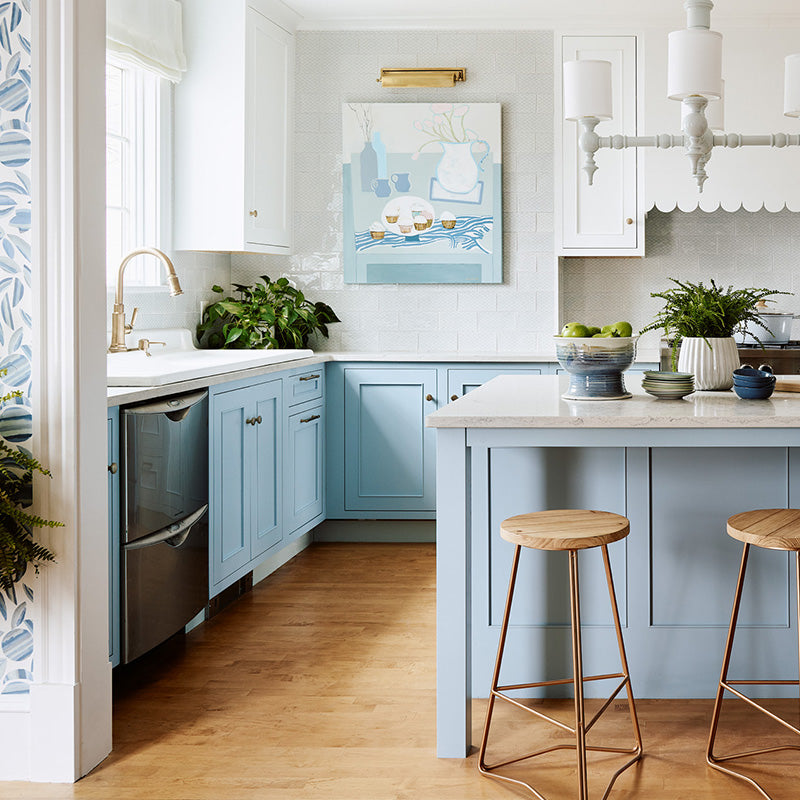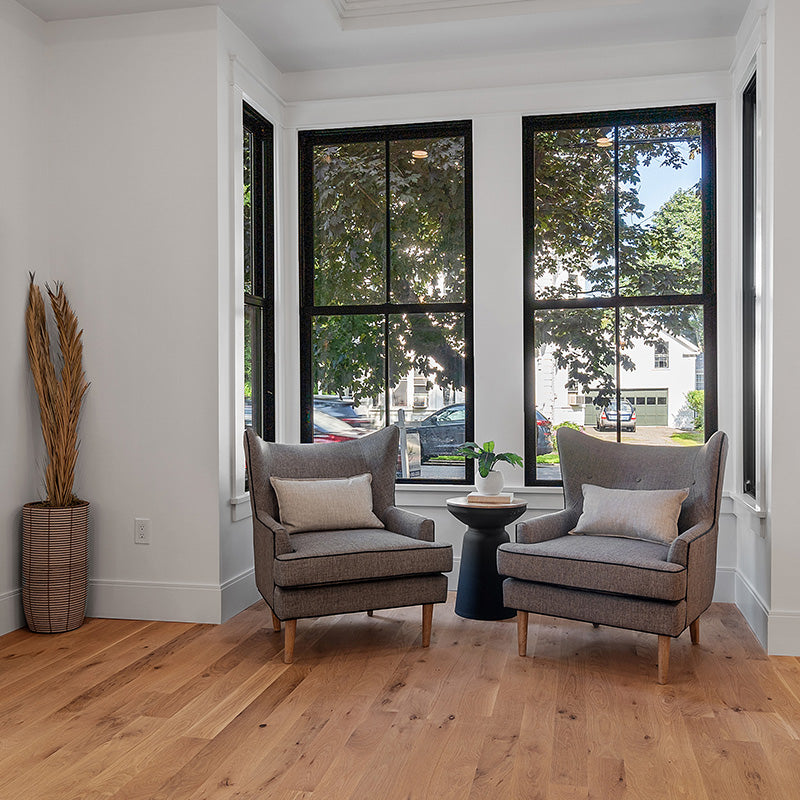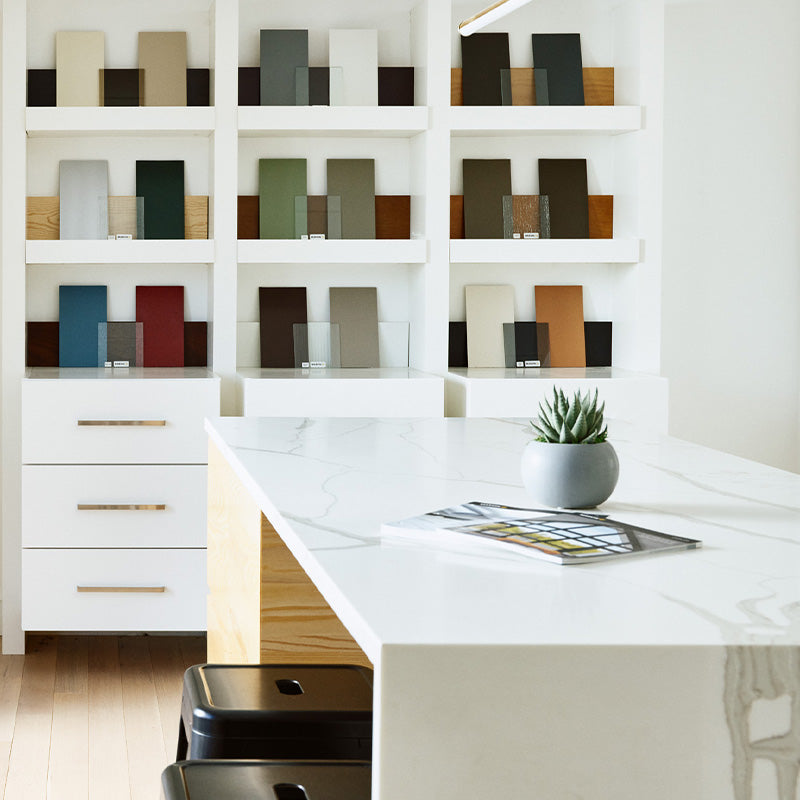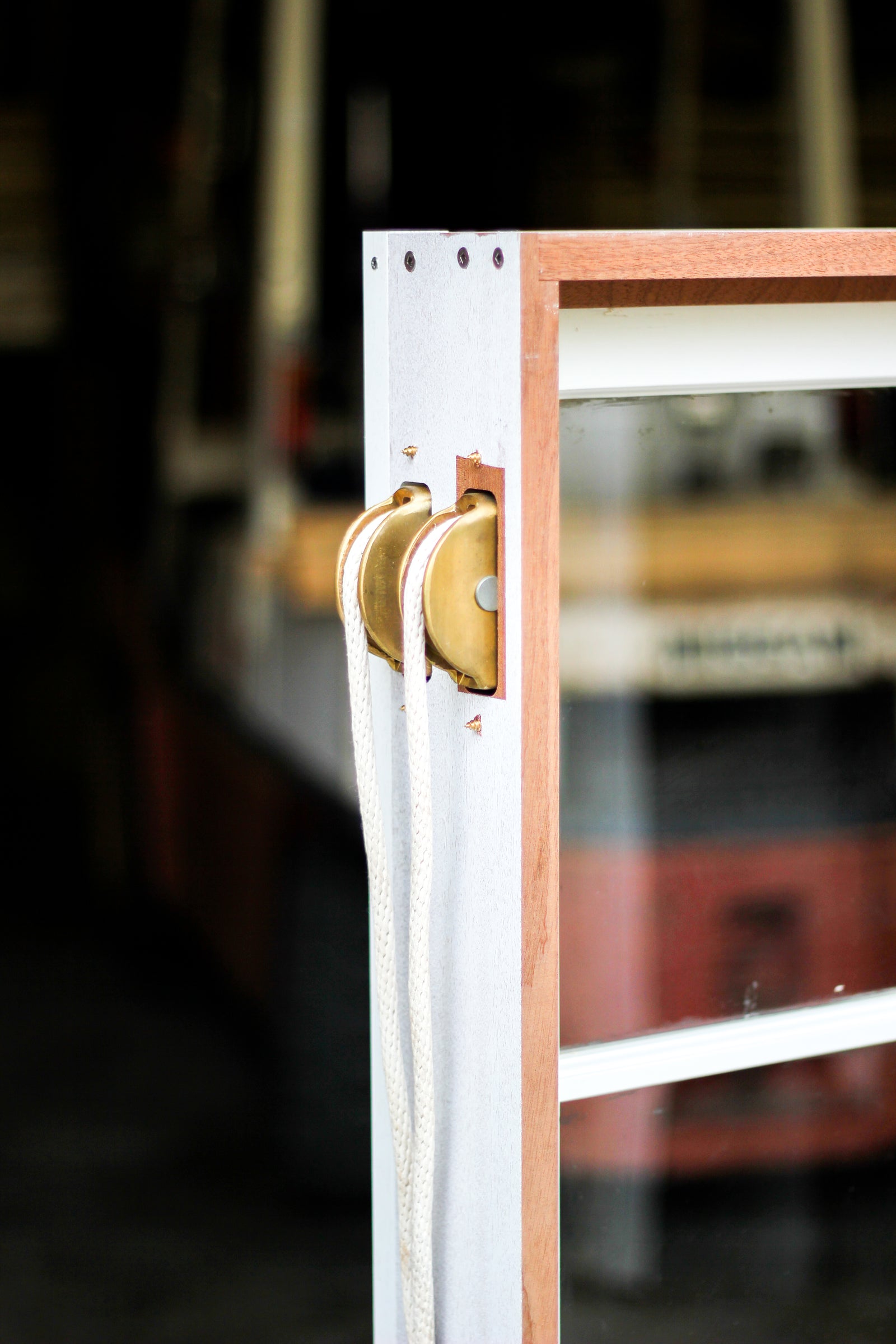Your Cart is Empty
Projects
How It's Made: Low-E Glass
May 23, 2013 2 min read
By: Jennifer Goodman: From: ECOHOME Spring 2013 -- Posted on: March 4, 2013
Numbers Game
Confused by the different ways of gauging a window’s energy efficiency? Here’s a breakdown.
U-factor, which measures thermal conductivity, shows how much heat a window allows through. A lower U-factor means a better-insulating window. One caveat: Since the different parts of a window have different U-factors, look at the U-factor for the whole window.
Solar Heat Gain Coefficient is a measure of how much solar heat is transmitted through the glass. Lower numbers mean less summer heat. The SHGC ranges from 0 to 1. A value of 0 indicates that the window functions like a wall, essentially preventing any solar energy from entering the building. A value of 1 indicates that the window functions like an opening, allowing all solar energy into the building.
R-value refers to the resistance of the window to heat conduction, and it is the inverse of the U-factor (that is, R-value = 1/U-factor). More-efficient windows have higher R-values.
Select the Appropriate Coating
Low-E glazing falls into two broad categories: soft coat and hard coat. Both applications involve depositing a thin, transparent coating of silver or tin oxide on the glass surface to allow short-wavelength sunlight to pass through while blocking long-wavelength heat radiation. The difference between the two coatings lies in their application, which affects the glazing performance and durability.
Apply a Soft-Coat Glazing
Soft (or sputtered) coat is the most common type of low-E glazing. In this application, the layer of silver is deposited onto the glass through a sputtering process after the glass has been manufactured. Although it provides the best U-value available, this type of coating is fairly delicate and has to be protected within an insulated glass unit (IGU) to prevent scratching.

Or Apply a Hard-Coat Glazing
During the manufacturing process, a pyrolytic or hard-coat low-E glazing incorporates a thin layer of tin oxide into the glass while it is still hot. Applying the tin at this stage welds it to the glass, resulting in a durable coating. Hard-coat glazings can be used in single-glazed windows or storm doors, but their emissivity is not as low as that of soft-coat glazings. Because the glass has a higher solar heat gain coefficient (SHGC), it works well for houses that rely on passive solar heating.
Determine Glass Placement in Windows
The placement of the glass within a double-glazed or IGU window assembly will affect its U-factor, SHGC, and energy performance, which also depend on climate. In warmer climates, where it’s important to keep out unwanted heat, the preferred location for the low-E coating is the No. 2 surface (the inner face of the outer pane of glass), as it helps to minimize heat transfer into the home. In very cold climates, the low-E coating should be located on the No. 3 surface (the outer face of the inner pane of glass). Here, the coating is most effective in blocking heat loss while enabling beneficial solar heat gain. Once the appropriate location is determined, the treated glass may be cut and installed in the window assembly.
Grand Banks 978-281-2421
Leave a comment
Comments will be approved before showing up.
Subscribe Today!
Our goal is to provide you with as much information as possible. Our newsletter is full of tips, inspiration and featured projects. We promise to only send you interesting things and never share your email with anyone else.






